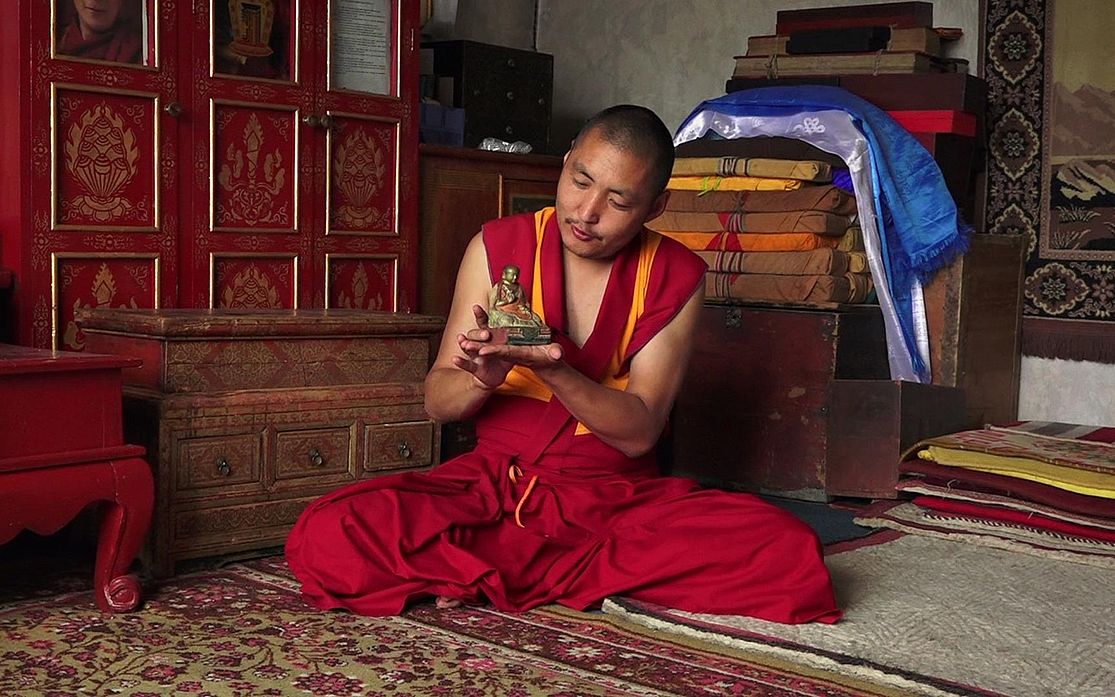About the project
The project follows and examines the movements of artefacts, in this case Mongolian ritual objects, through various spatial, socio-political and institutional contexts. The topography and the “knowledge” of these things are interwoven with cultural transfers between Europe and Asia, with Viennese and Mongolian science and museum history and practice, with the impacts of political suppression and democracy processes in Mongolia, and with modes of human-object interactions and the power of things.
The research focuses on a collection in the Weltmuseum Wien (WMW) in relation to public spaces in Mongolia as museums, Buddhist monasteries, public altars and ritual places in the natural landscape as well as private spaces inside yurts. What transformations have these spaces undergone in periods of socio-political transition? The project continues and intensifies the dialogue and transfer of knowledge between Mongolian and Austrian scientists and institutions: processes of transformation within the WMW here serve as a basis for comparison.
A collection from Mongolia housed in the WMW and collected at the turn of the 19th century by Hans Leder documents the various strands of the objects’ history: the artefacts’ itineraries from public spaces such as public ritual altars in the natural landscape or from the sacred space inside yurts in Mongolia, their complicated transfer to the Viennese and other European ethnographic museums and their “lives” as museum objects. Through these movements their meanings have been changed and new relations and networks created. While similar and comparable objects in Mongolia were not “conserved” in European museums, they were handled differently there. During the purges in the late 1930s religious artefacts had at least to disappear from public space. A few monasteries were spared the destruction and transformed to public museums. The histories and transformations of these museums from their establishment to the present time will be one local focus of research. With the transition to democracy and capitalist market oriented economy new museums have been created.
Museum collections are sometimes regarded as “trésors”. But trésors of what? Of an ambivalent history, of modes of collecting, of the history of cultures, of fragile cultural encounters, or of a (lost) social life of things? Bearing these ambiguities in mind, the research intends to present frictions, transformations and transitions, assemblages, memories and the efficacy of things related to (ethnographic) museums and collectibles. Ways of dealing with and exhibiting ethnographic artefacts, including scientific and artistic methods of “moving” objects and perceptions, will be elaborated and presented in multi-perspective ways.
Duration
October 2013 to December 2018
Project head
Dr. Maria-Katharina Lang
Institute for Social Anthropology I Austrian Academy of Sciences
maria-katharina.lang@oeaw.ac.at
+43 1 525 24 - 5120
Website
www.nomadicartefacts.net

